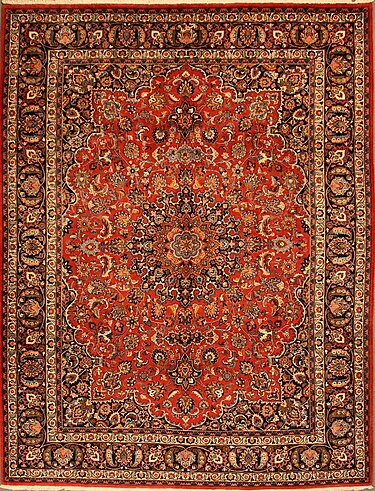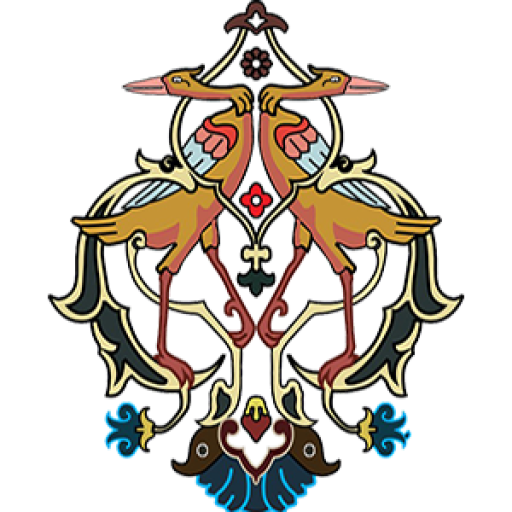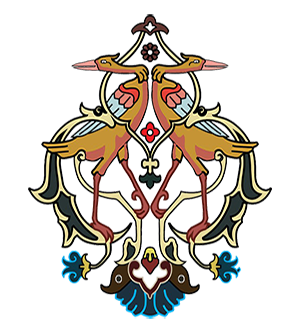History of Kerman's Handwoven Carpets
Kerman carpets are recognized as one of the most important and oldest carpet productions in Iran. The history of carpet weaving in this region dates back to the Sassanid period and even earlier. Throughout history, Kerman carpets have been recognized as symbols of Iranian art and taste in the courts of kings and international markets.
During the Safavid period, Kerman became one of the key centers for carpet production, and Kerman carpets were known as high-quality artworks in Europe and other parts of the world. During the Qajar period, Kerman carpets gained significant attention not only in the domestic markets of Iran but also in many European countries, India, and Central Asia.
In the modern era, despite economic and social changes, the carpet industry in Kerman remains one of the most important handicrafts in Iran. Kerman carpets, due to their intricate designs, the use of high-quality raw materials, and precise and beautiful weaving, have gained significant fame in both domestic and international markets.






